Cleber Souza
As the world changes around us, businesses everywhere must adapt. IT and technology needs to transform to keep up with demand. Failure to adapt leaves organizations stuck in a rut, doing the same thing in a world that expects much more.
The Need to Modernize
Service Management is at the crux of enabling your company to not only adapt but transform. We can’t talk about transforming a business without thinking about the pandemic. During the last year, many companies saw an increase in Service Desk
volumes which created slower (and often inaccurate) resolution times causing customer dissatisfaction. The pandemic highlighted the familiar ask we often make of our Service Desk teams - to work feats of magic while we increase the scope of their role, all while using the same older ITSM solution.
These solutions allowed us to establish best practices and sustain our business,
but in most cases, they will not get us to where we need to go; it’s time to modernize.
Indicators you Need to Modernize
While every organization is unique, let us look at eight common challenges we see that serve as indicators that you might want to consider modernizing your Service Desk.
1. A lot of maintenance is required
Many older on-premise ITSM solutions cost a lot of money to maintain. Regular updates and upgrades place a tremendous strain on already taxed resources, requiring time to test, configure and upgrade. Costs escalate quickly if you have to bring in a third party to implement and update the solution.
If the solution turns into a maintenance resource strain or is a constant source of extra spending, then it’s time to move on.
2. Questions & Answers - On Repeat
How much time does your team spend logging repeat, easy tickets instead of focusing their energy on value-add tasks that support and elevate the business? If your employees cannot resolve issues such as “I’ve forgotten my password”, “The Wi-Fi isn’t working” or “I can’t use my email” on their own, then you are doing something wrong.

Today, everyone "Googles" when they need help. Why would it be any different when they have a work-related question?
3. Lack of Automation
Traditional ITSM can’t keep pace with the distributed, scalable nature of multi-cloud environments. Rising ticket volumes require automation to be a critical capability of the ITSM solution.
Ask yourself:
When you onboard new members to your company, is your IT department scrambling to provide them with the tools required to perform their work from home: remote access to network, systems, files, folders, cloud, web meetings, without any automation in place for approval or delivery of these services?
If so, this is an obvious indicator that you need to look at a new solution that allows you to automate activities like employee onboarding.
4. The Solution Isn't Compatible With the Needs of Your Organization
Does your ITSM solution integrate with new best-of-breed solutions? You need your Service Desk to integrate into the organization in order to be able to truly deliver the full value possible.
Every time you create a workaround, you create additional complexity that needs to
be managed. If you’re constantly using Band-aid fixes or bolting on new components to your old technology, rather than finding scalable long-term solutions, it may be time to test drive a new solution
5. Heavy Dependency on Knowledge of Your Team
There are several good reasons to rely on your team’s expertise and experience. Processing large amounts of data and responding to common requests are not on that list.
When your old ITSM solution can’t leverage AI and NLP to help identify emerging and trending issues or to respond to your customer’s questions through a chatbot, you know it is time for a change.
6. Collaboration is Waning

You want a solution that enables your team to work together to resolve issues effectively, collaborating easily.
Does your current service management solution:
- Provide the insight you need into what each of your agents are working on, and when?
- Encourage collaboration by leveraging tools like MS Teams?
- Create a consistent end-to-end experience across end-users, service desk agents, and IT Ops personas so your staff can be more productive and happy?
If not, it should.
7. You Are Flying Blind
Are you literally flying blind, without knowing what you have on your environment, what is installed where, and who is using what?
Does your heart skip a beat at every mention of a new security threat because you simply have no idea how vulnerable and exposed your environment is?
Are you always the last one to know that issues are happening because they have gone undetected, and unresolved for so long?
Being constantly worried about your lack of compliance should be a thing of the past.
You need a solution that allows you to proactively discover, monitor, service, and remediate issues as they occur.
8. The Workforce is Demanding Change
According to the Pew Research Center, Millennials and Post-Millennials make up 40% of the workforce and will become almost 62% of the workforce by 2025, according to the NGA Human Resources.
These are the first digital-native generations, and they interact with the world differently than the generations before them: nine-in-ten Millennials own a smartphone, and 86% of them use social media. This is already causing a shift in the workforce as 93% of millennials cited modern and up-to-date technology as one of the most important aspects of a workplace.
It is imperative for companies to develop a comprehensive Service Management strategy that fosters employees' engagement with IT, and beyond.
Are you equipped to respond to these generations’ expectations?
The Time to Modernize Your Service Desk is Now
In the past, Service Management initiatives were almost always an afterthought; ITSM systems were considered a "system of record" and "system of action" for internal IT departments, and therefore not as relevant as systems related to the business core, receiving less attention and budget.
However, this paradigm has been shifting for some time, as ITSM systems evolved from its origins into a "system of engagement" as well as a "system of intelligence".
If the list above got you concerned about your ability to enable your business to adapt, then you have a compelling case for an innovative approach to Service Management.
About Cleber Souza:
 Cleber Souza is a Senior Sales Engineer for our Service Management practice. For over 20 years he has been helping businesses of all segments to implement a customer-centric approach to Service Management that enables them to better serve their employees and manage their IT infrastructure.
Cleber Souza is a Senior Sales Engineer for our Service Management practice. For over 20 years he has been helping businesses of all segments to implement a customer-centric approach to Service Management that enables them to better serve their employees and manage their IT infrastructure.
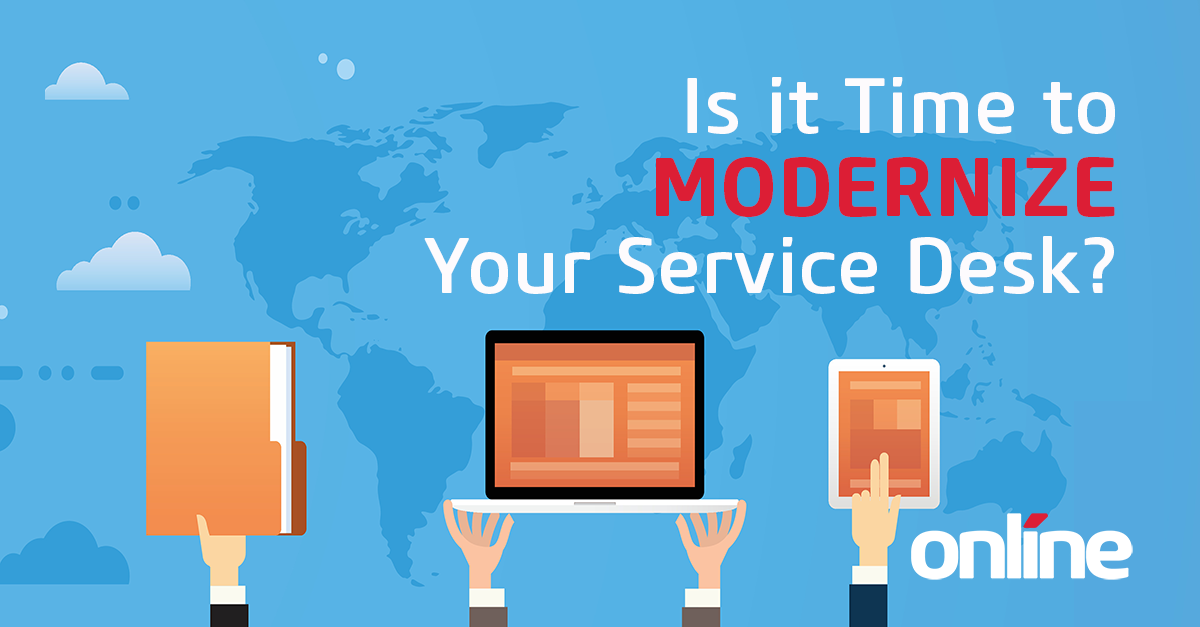
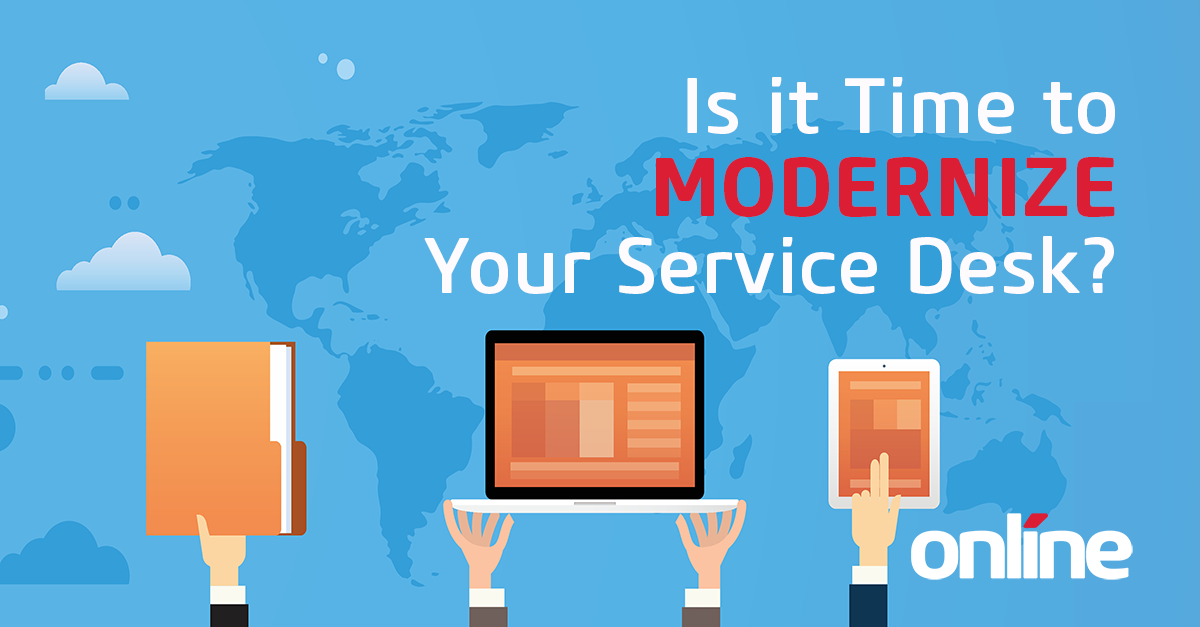
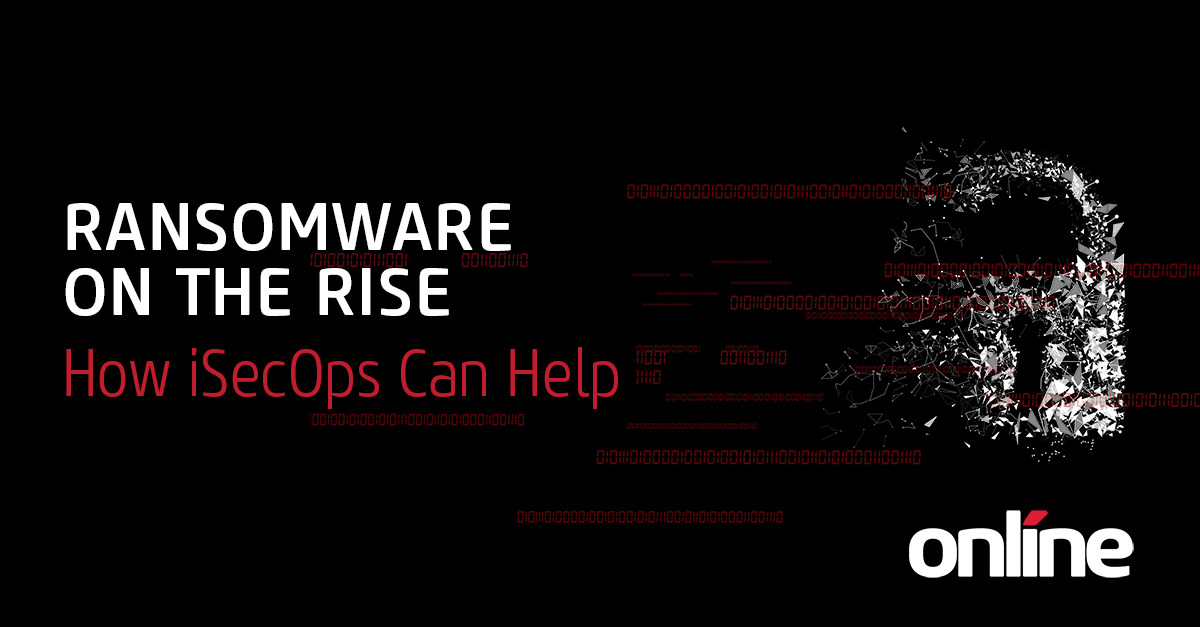
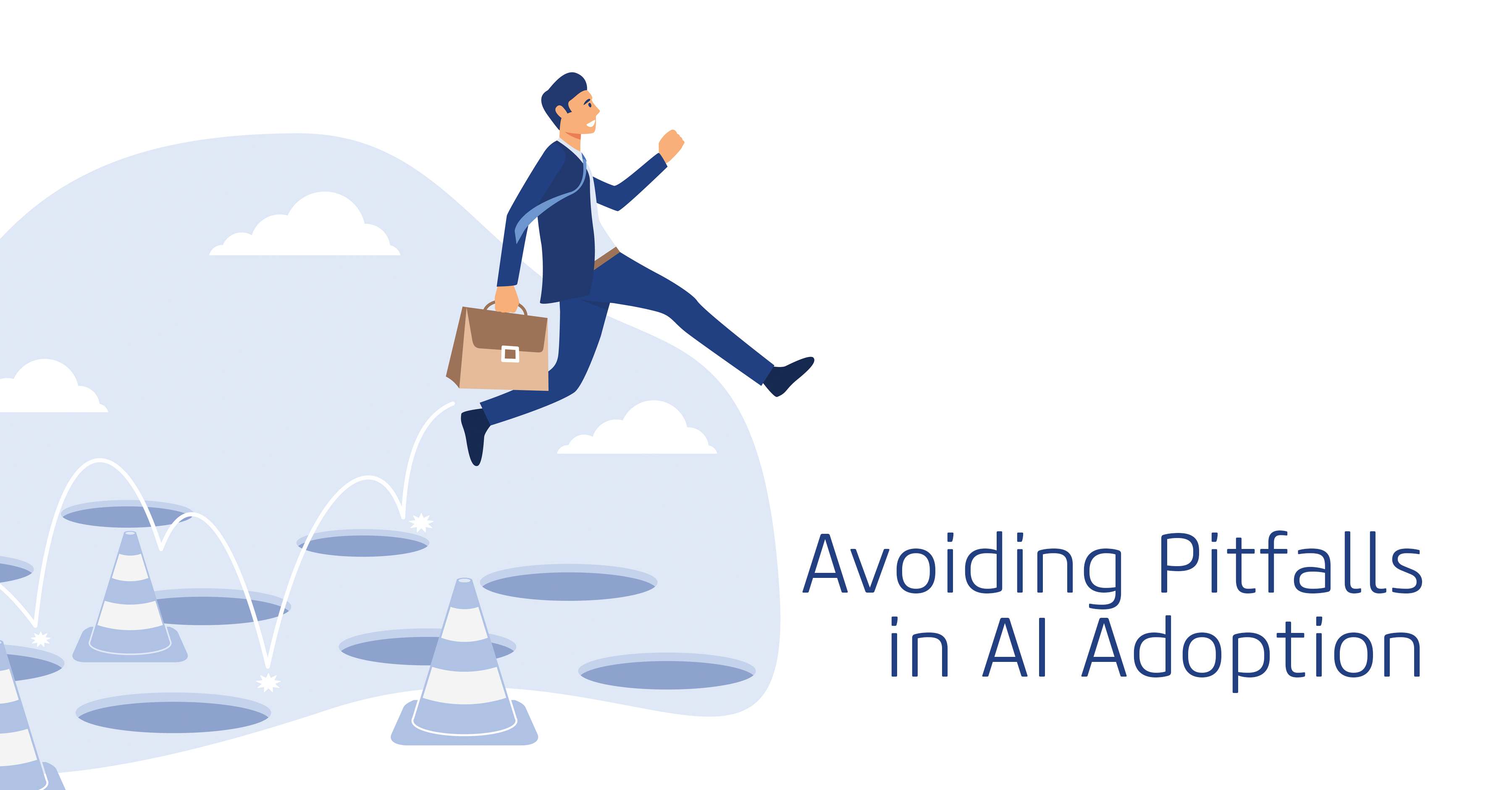
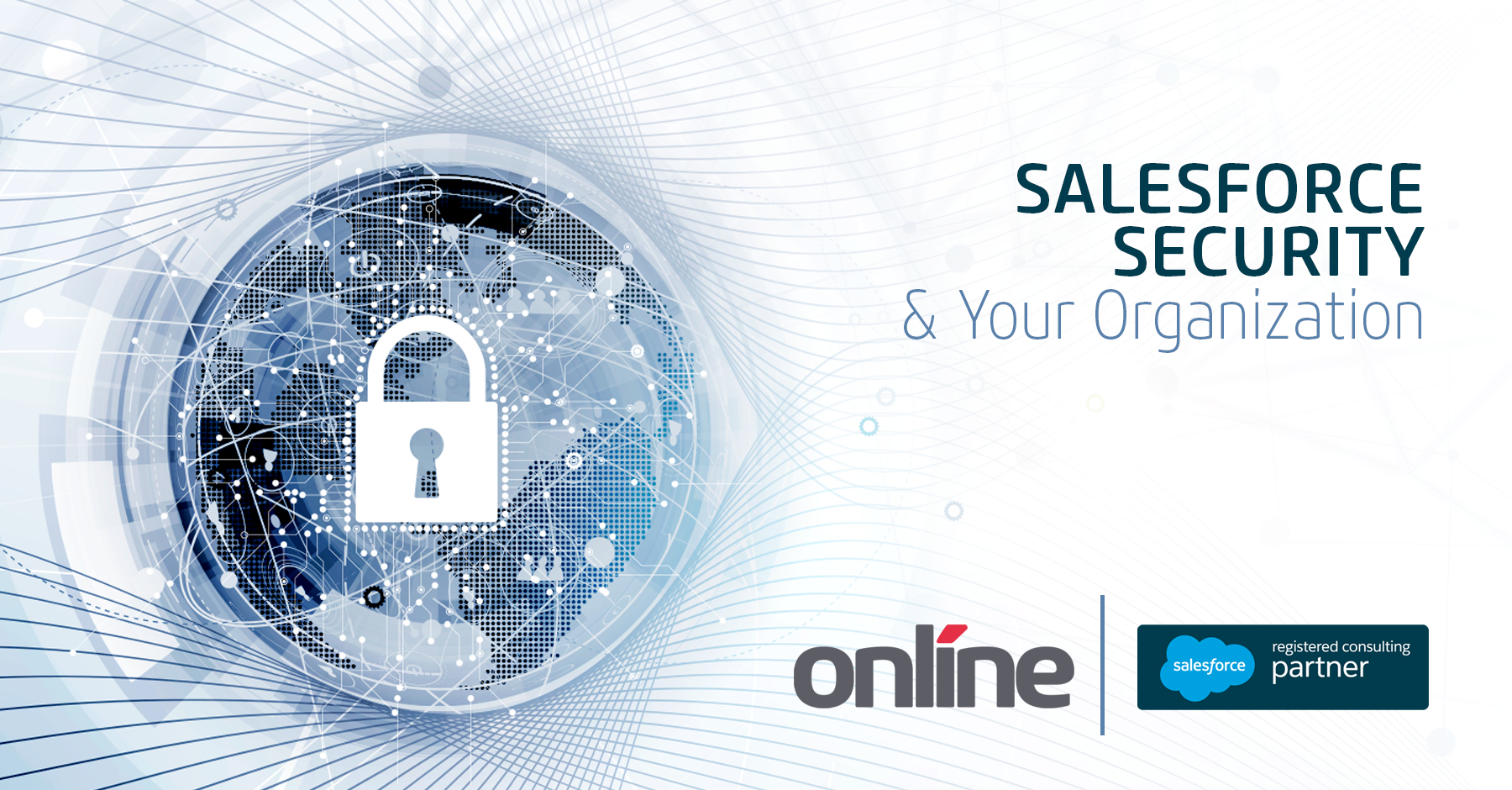
Submit a Comment